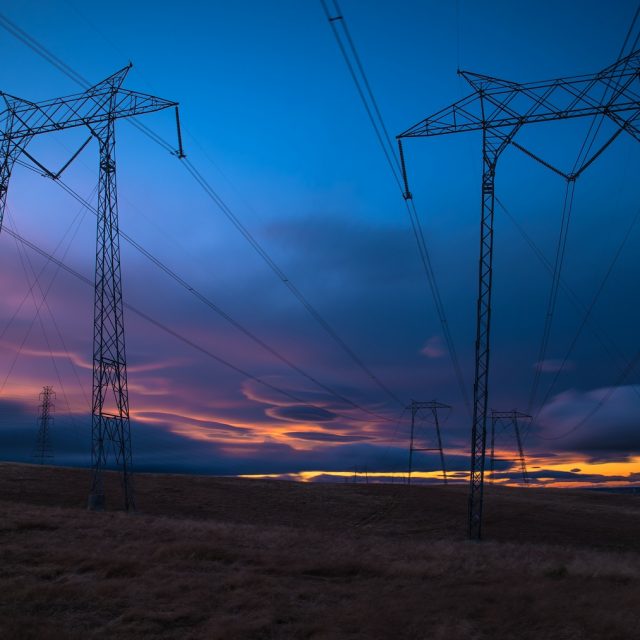Having suffered a tactical defeat in Ukraine, Russia is forced to reconsider its further actions at the front. There is talk of a “Korean Scenario” – whereby the invading Russians would divide Ukraine in half.
Having failed to quickly occupy key Ukrainian cities, as originally intended, Russian troops are strengthening their presence in the territories they occupy. Contrary to Putin’s previous statement that “Russia does not plan to seize the territory of Ukraine,” the actions of Russian troops suggest that they are pursuing a classic occupation strategy with the gradual economic, political and demographic integration of the occupied territories into the Russian Federation.
Russia has found itself under unprecedented political and economic pressure, its army is under-equipped and has no real land movement capability. Under such circumstances, the Kremlin may abandon plans to seize further Ukrainian territory, but may try to wrest away the already captured territories and retain them.
Putin may attempt to unite the occupied territories of the Kherson and Zaporozhye regions with the territory of the so-called “republics” of Luhansk and Donetsk, creating a certain prototype of the “Korean scenario” with an artificial division of Ukraine.
Theoretically, this is the consolidation of de facto territories controlled by Russia and the opportunity for Russia to take a tactical pause before attempting a further offensive. But the chance to implement such a project in practice is unviable. The occupying Russian forces face complete rejection and resistance from local residents. In addition, from a socio-political point of view, to unite Kherson with Donbass is an impractical fantasy. In addition to the huge financial costs involved, Russia will trigger a partisan underground guerrilla war in their rear and get bogged down in an asymmetric war, where the resource-strong side of the conflict has little chance of winning.
The “Korean scenario” is also unrealistic because the territories of Ukraine currently held by Russia are small fragments dispersed along a 1,800-kilometer front line. Often these are just roads along which Russian convoys move chaotically and whose borders are constantly changing due to hostilities. Russia holds relatively small areas in the north, east and south of Ukraine. It is simply physically impossible to combine them in a separate occupied area.
Russia is on the verge of an imminent economic default. Any additional territories that will be included in its composition will be a further financial and economic burden. Subsidizing Ukraine would almost certainly prove to be an unpopular and drain on the resources of the Russian treasury.




